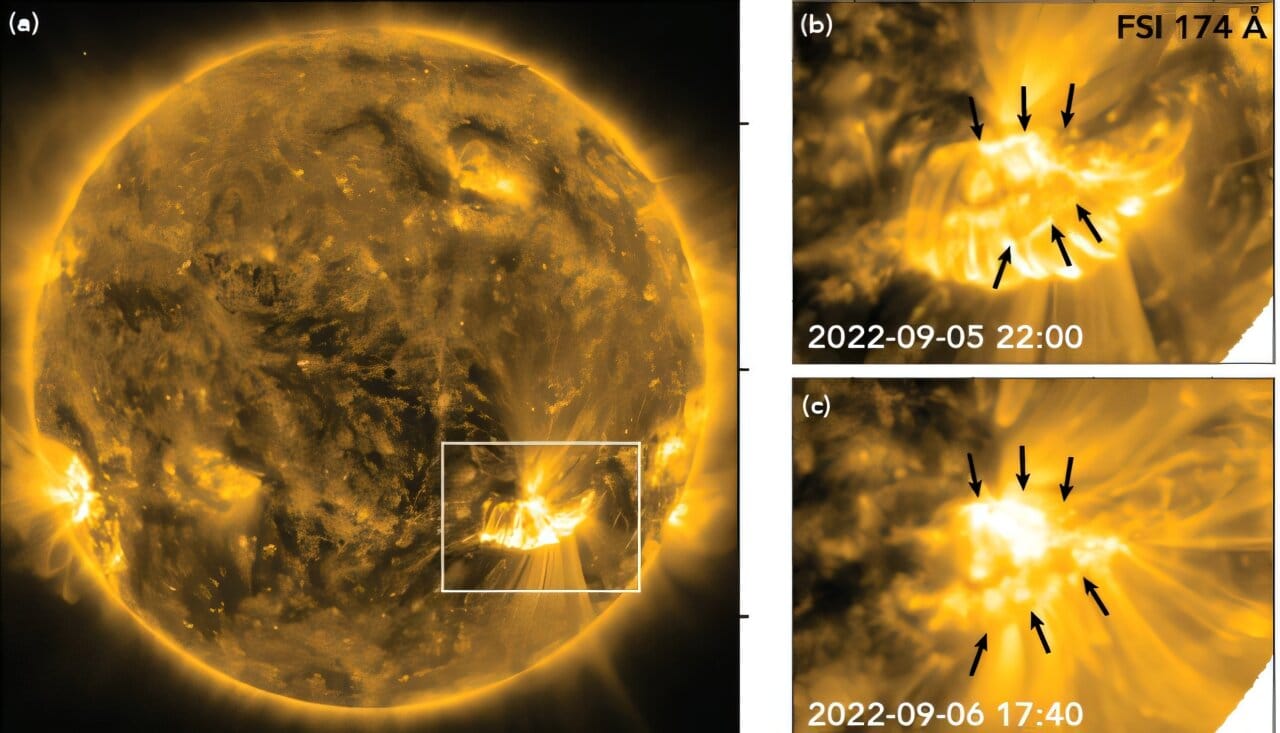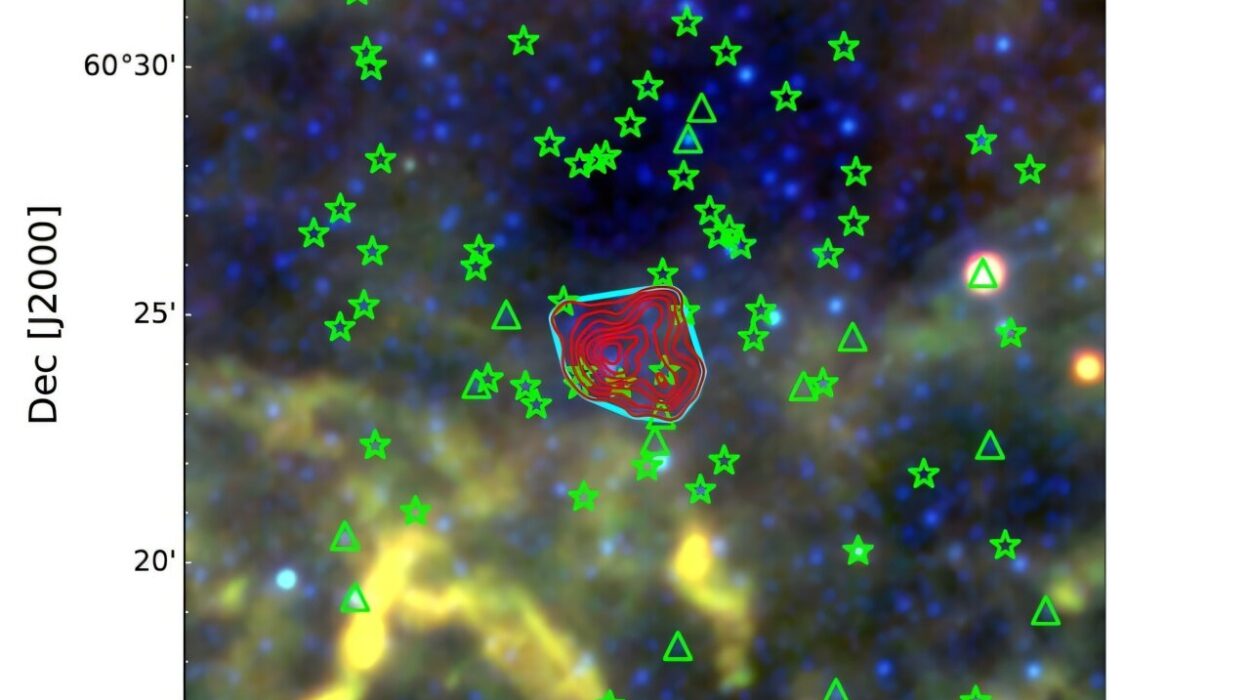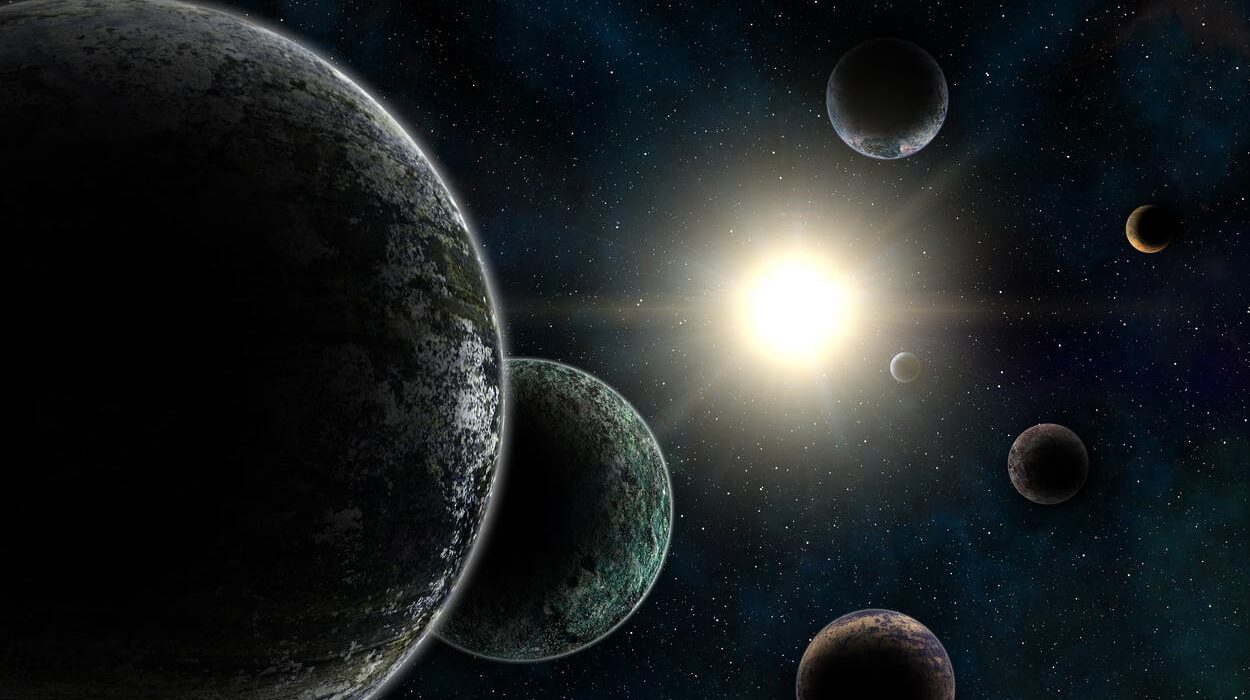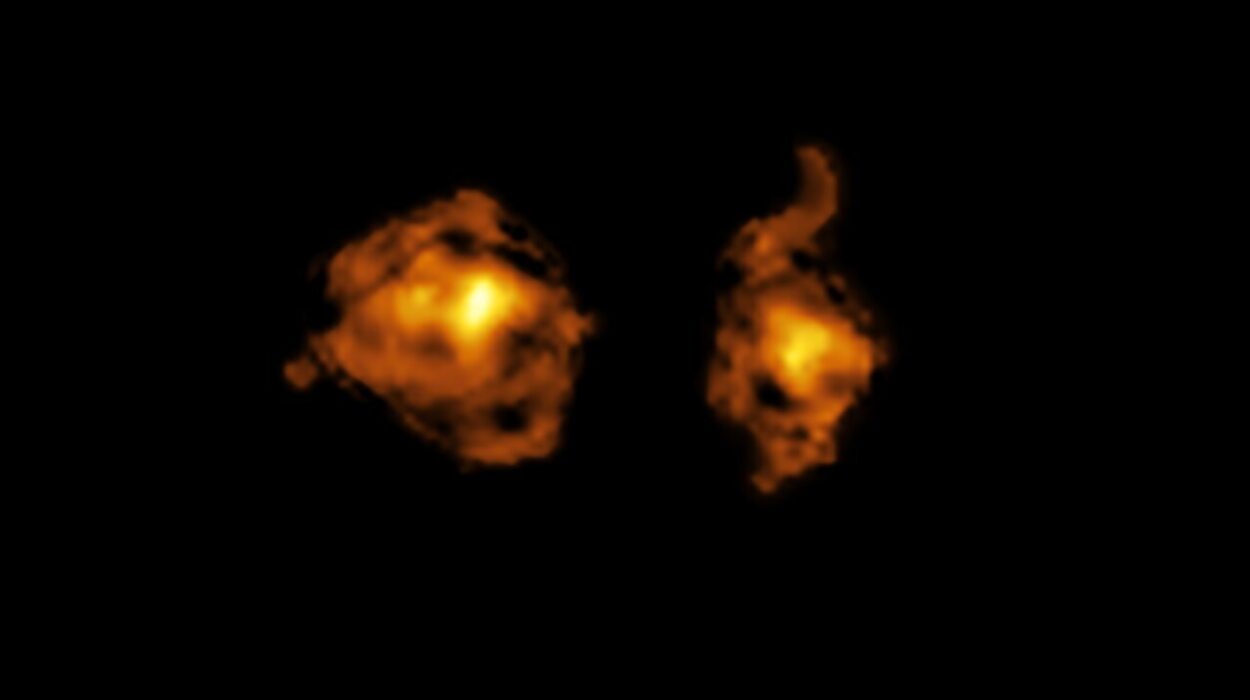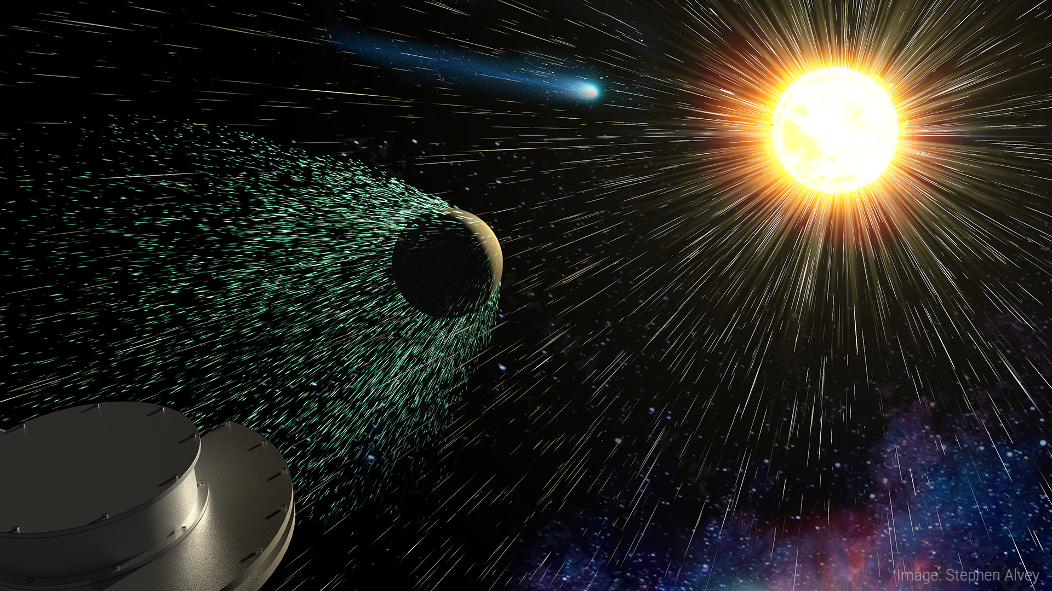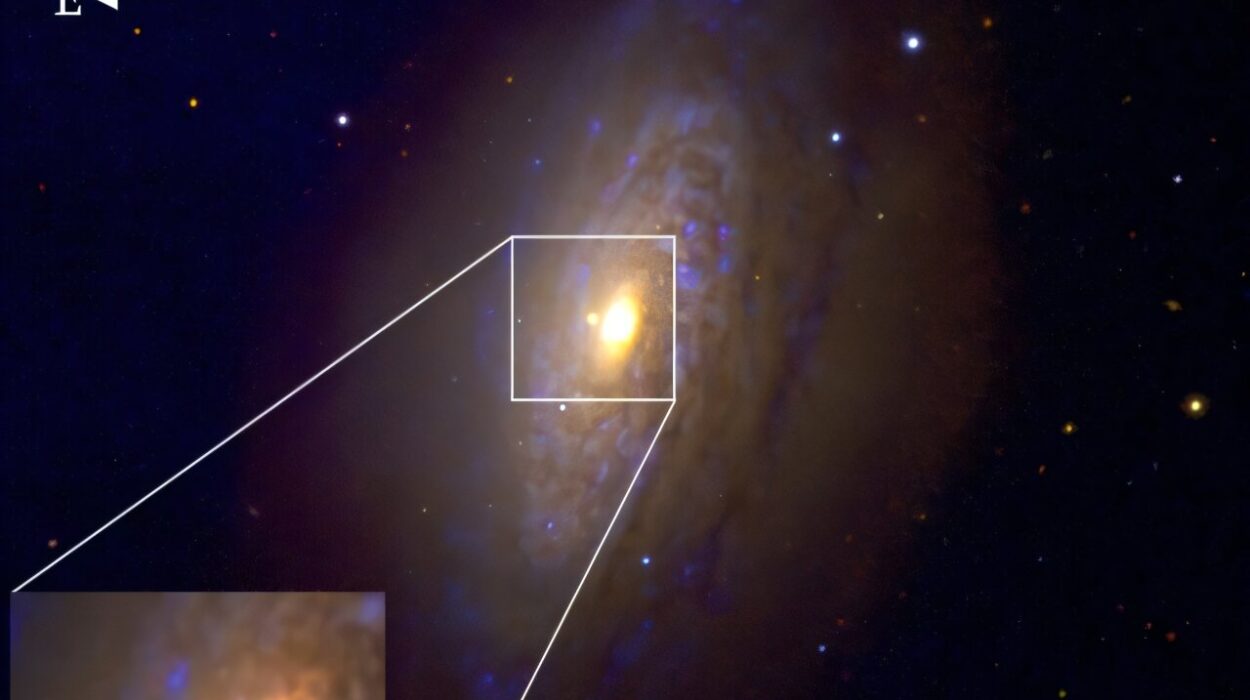For nearly seventy years, scientists have wrestled with the mystery of magnetic reconnection—a powerful cosmic process that unlocks enormous stores of magnetic energy, driving some of the most violent eruptions on the sun. The idea had been modeled and theorized since the mid-20th century, but direct evidence from the heart of the solar atmosphere remained frustratingly out of reach.
Now, new research led by the Southwest Research Institute (SwRI) has delivered the breakthrough. Using unprecedented data from NASA’s Parker Solar Probe (PSP)—the only spacecraft to have flown directly through the sun’s upper atmosphere—scientists have finally confirmed theoretical models of reconnection with remarkable precision.
This finding doesn’t just solve a decades-old scientific puzzle. It offers new hope for protecting Earth from the dangerous consequences of space weather, which can disrupt satellites, communications, and even power grids.
What is Magnetic Reconnection?
Magnetic reconnection is both elegant and explosive. It happens when magnetic field lines in plasma—the hot, charged gas that makes up most of the universe—break and snap into new configurations. This sudden rearrangement unleashes tremendous amounts of energy, accelerating particles to incredible speeds and sometimes producing eruptions so large they span millions of kilometers.
On the sun, reconnection is the engine behind solar flares and coronal mass ejections (CMEs). These events blast out radiation and charged particles that race across space and, at times, collide with Earth’s magnetic field. While sometimes producing spectacular auroras, they can also disrupt navigation systems, radio communications, and electricity grids.
Understanding how reconnection works at the solar scale is vital for predicting these solar outbursts before they endanger our technology-dependent world.
The Role of Parker Solar Probe
Launched in 2018, NASA’s Parker Solar Probe was designed to do something no spacecraft had ever attempted: fly directly into the sun’s outer atmosphere, or corona. Braving temperatures of nearly 1,400 °C, the probe has steadily drawn closer to our star with each orbit, setting new records for proximity and speed.
On September 6, 2022, the spacecraft found itself in the right place at the right time. As a massive solar eruption unfolded, Parker flew directly through a region where reconnection was actively taking place. For the first time in history, instruments aboard a spacecraft were able to measure the plasma and magnetic fields inside a reconnection zone on the sun itself.
The data not only confirmed decades of theoretical predictions but also offered scientists a new window into the details of how energy is transferred and particles are accelerated.
A Long-Theorized Phenomenon, Finally Verified
“We’ve been developing the theory of magnetic reconnection for almost 70 years,” explained Dr. Ritesh Patel, lead author of the study and a scientist in SwRI’s Solar System Science and Exploration Division. “We had a basic idea of how different parameters would behave. The Parker Solar Probe measurements validated simulation models that have existed for decades.”
Earlier missions had already provided clues. Since the late 1990s, scientists have been able to identify reconnection signatures in the solar corona through imaging and spectroscopy. More direct detections came from Earth’s neighborhood thanks to NASA’s Magnetospheric Multiscale (MMS) mission, which studied reconnection in our planet’s magnetic shield.
But until Parker Solar Probe, researchers lacked in-situ measurements from the sun itself—the missing link between Earth-scale reconnection and solar-scale reconnection. Now, that gap has been filled.
Why It Matters for Earth
This discovery is not only a triumph of scientific exploration—it also has practical consequences for life on Earth. Solar storms unleashed by reconnection can send powerful bursts of radiation and charged particles our way. These events can interfere with GPS navigation, communication systems, weather satellites, and even power transmission lines, leading to blackouts and economic disruption.
By improving our understanding of the physics behind reconnection, scientists hope to refine models that predict when and how solar eruptions will occur. With more accurate forecasting, governments and industries could better prepare for dangerous space weather, minimizing risks to both technology and infrastructure.
The Next Steps in Solar Exploration
While this milestone confirms that long-standing theories are on the right track, the journey to fully understanding reconnection is far from over. SwRI researchers and their collaborators are now looking deeper into the data to see if turbulence, fluctuations, and waves in magnetic fields accompany the reconnection events Parker Solar Probe identified.
“Ongoing work provides discoveries at different scales,” Patel said. “That allows us to see how energy is transferred and how particles are accelerated. Understanding these processes at the sun can help better predict solar activity and improve our understanding of the near-Earth environment.”
Future encounters of Parker Solar Probe—alongside observations from the European Space Agency’s Solar Orbiter—promise to bring even richer data. As the probe continues its daring dives closer to the sun, it is not just exploring a star. It is unveiling secrets that ripple all the way to Earth.
A New Era in Solar Physics
The confirmation of magnetic reconnection in the solar corona represents more than the validation of decades of theory. It marks the beginning of a new era where direct exploration of the sun becomes possible, where spacecraft can plunge into the furnace of our star and return with knowledge that reshapes our relationship with the cosmos.
The sun, once an unreachable and mysterious force, is now a laboratory we can visit—one orbit at a time. Thanks to Parker Solar Probe and the vision of scientists who never stopped chasing the mystery of reconnection, humanity has taken another step closer to understanding the forces that shape not only our solar system but the universe itself.
More information: Ritesh Patel et al, Direct in situ observations of eruption-associated magnetic reconnection in the solar corona, Nature Astronomy (2025). DOI: 10.1038/s41550-025-02623-6
